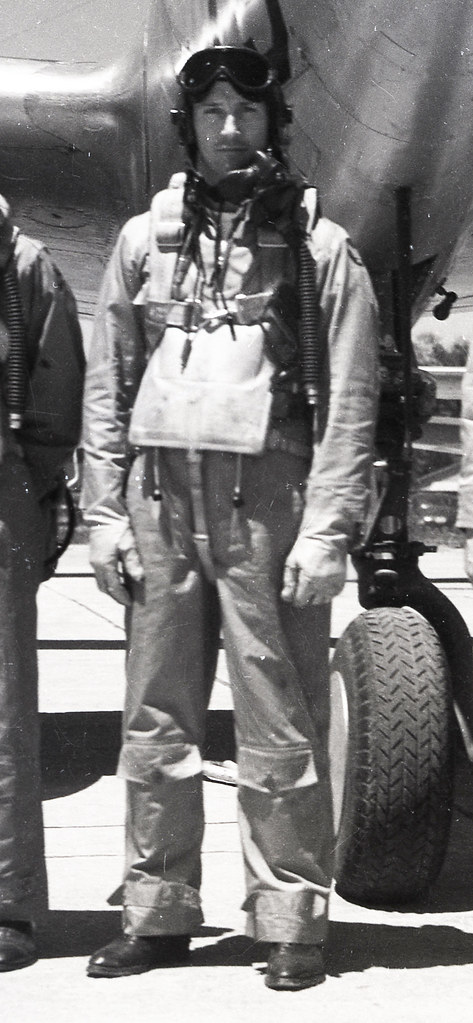
ќписание: NACA Test Pilot Competed in Cleveland National Air Races On September 1, 1946, NACA (National Advisory Committee for Aeronautics) pilot Howard Lilly launched his Bell P-63A King Cobra into the skies over Cleveland, Ohio and joined the throng of racers competing for the Thompson Trophy, the most prestigious and dangerous of the National Air Races. Over 180,000 Clevelanders filled the grandstands at the Municipal Airport that weekend and thousands more crowded the streets to watch the high-speed, low-flying aircraft jockey for position. Lilly was a research pilot at the NACAТs Engine Research Laboratory (today NASA Glenn) adjacent to the airport. He had learned to fly in the Naval Reserves while attending college in his native West Virginia. He joined the NACAТs Langley laboratory in October 1942 and transferred to the Cleveland lab the following March. The daring, good-natured pilot, nicknamed УTick,Ф quickly became a favorite among his colleagues. He flew a variety of aircraft for the NACA, including P-38 Lightnings and P-47 Thunderbolts. Lilly had never witnessed an air race, let alone participated in one. Nonetheless, the cityТs September 1945 announcement that the annual event would resume, (the event had been suspended during World War II,--) intrigued him. Lilly decided to purchase a surplus Bell P-63A Kingcobra as his vehicle. He had frequently flown P-63As with the NACA. Lilly worked with a team of fellow NACA employees, including Ken Kleinknecht, to convert the fighter into a racing machine. They shortened the wings, removed the armor plating, installed a new fuel tank, and upgraded the Allison V-1710 engine. Finally, they stenciled LillyТs name and УPride of CoolridgeФ (his hometown) on the cockpit door. A former colleague recalled that the engine stalled during a low-altitude practice run. Lilly remained poised and reversed the unpowered planeТs course and brought it back to the runway for a dead-stick landing. On race day, the pilots lined up their aircraft side to side and took off ten seconds apart. The Thompson consisted of 10 laps around a 30-mile, rectangular course across the cityТs southwestern suburbs. The racers zoomed low around the 50-foot tall pylons at approximately 350 miles per hour before completing each lap in front of the crowd at the airport. In the end, Lilly placed a disappointing ninth in the race. Nonetheless, he immediately made plans to participate the following year. In the summer of 1947, however, Lilly transferred to the NACAТs new High Speed Flight Station in Muroc, California. He arranged for William Bour to fly the P-63A in the 1947 races. Bour finished last in both the Thompson and Sohio races. At Muroc, Lilly became the third pilot to break the sound barrier in the experimental XS-1 aircraft. While taking off in a Douglas D-558 Skystreak on May 3, 1948 an engine failure sent compressor blades flying into the control cables. The aircraft plummeted to the desert floor. Lilly became the first NACA pilot to die on duty. In the summer of 1948, Robert Hosler purchased LillyТs P-63A and continued refining it for the upcoming races. This time the aircraft, which had been rechristened the УSpirit of Tick,Ф placed first in the Sohio and a close second in the Tinnerman races.
Tags:
ѕоиск и фотоизображени€ предоставлены компанией Flickr с помощью сервиса Flickr API согласно ѕравилам пользовани€ сайтом Flick.com и его сервисами. √рафические изображени€ €вл€ютс€ публичными, размещЄнными их авторами в свободный доступ (Public) и физически расположены на серверах Flickr. ¬се права на фотографии принадлежат их авторам согласно пользовательскому соглашению сервиса Flickr.com и охран€ютс€ законами, регулирующими авторские права.